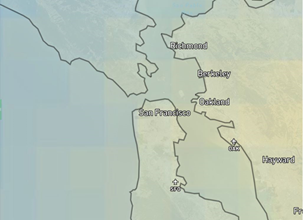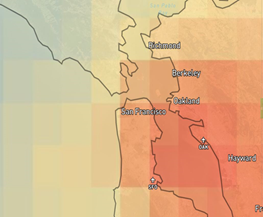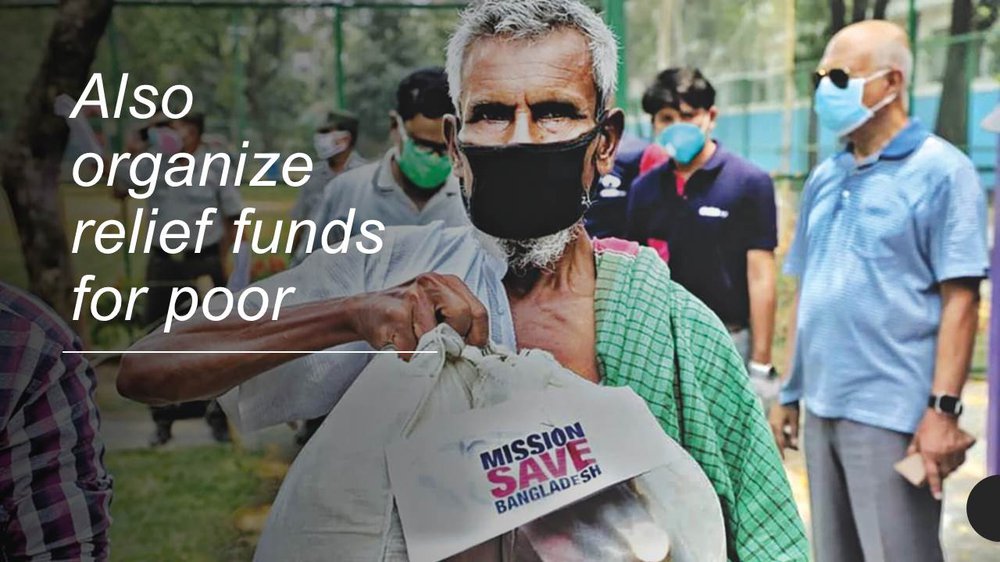Seeing the COVID-19 Pandemic from Space
Economic and social shutdowns in response to the COVID-19 pandemic have led to noticeable changes in Earth's environment, at least for the short term. NASA researchers are using satellite and ground-based observations to track these impacts on our air, land, water and climate. These datasets have been collected in a free and openly available online dashboard.
Nitrogen dioxide (NO2), an air pollutant, decreased significantly over urban areas during the pandemic.


The left image above shows NO2 levels over San Francisco for the past 5 years, and the right image shows NO2 levels over San Francisco in March 2020.These data are from NASA’s Ozone Monitoring Instrument (OMI). Source: NASA COVID- 19, Dashboard.
EASA Published a special guideline for the COVID -19 pandemic
EASA published guidelines on-
1. Maintenance of ATCO skills in relation to the COVID-19 pandemic
2. On ICAO Targeted Exemptions notification process
3. Publishes updated versions of the guidelines for Aircrew and Air Operations on the use of extended exemptions
4. Safety Information Bulletin SIB 2021-06 Vaccination of Aircrew-Operational Recommendations
5. Aeromedical Examiners regarding the examination and assessment of applicants
6. Transport andCargoin Passenger Compartments
7. On use of dry eyes in COVID-19 vaccine transportation
Travelers should not be treated as high risk of COVID -19. Source:(EASA Guidelines)





